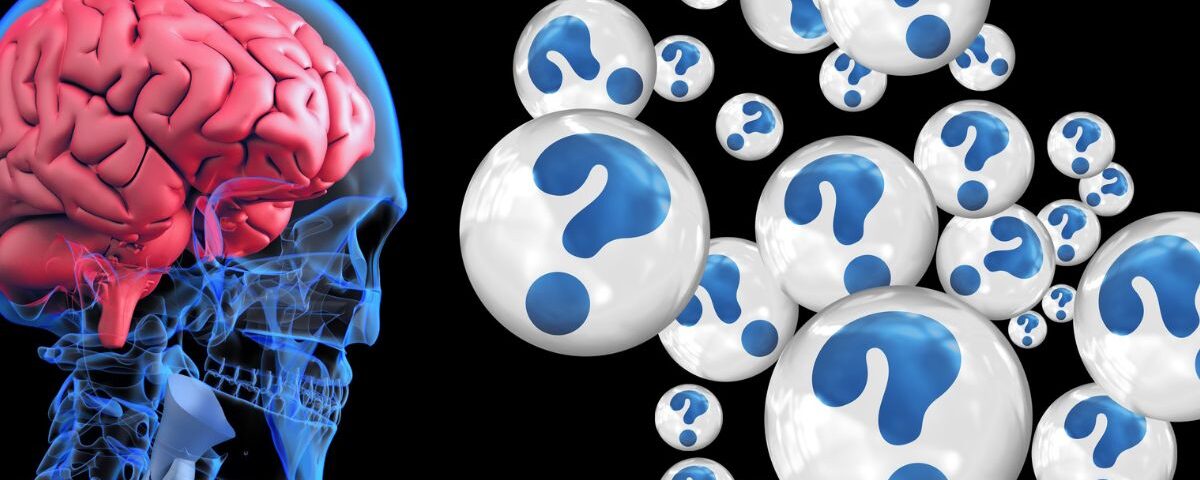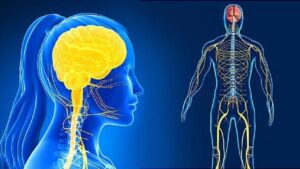For many medical students, neuroanatomy is the ultimate challenge: too many tracts, too many syndromes, and way too many cross-sections. But it doesn’t have to be that way.
At Touro College of Osteopathic Medicine (TouroCOM), students are finding smarter (and saner) ways to study neuroanatomy—replacing stress with structure, confusion with clarity, and headaches with mind maps.
Welcome to Mind Maps & Misfires, your new strategy for making neuroanatomy finally make sense.
Why Neuroanatomy Feels So Hard—And Why It Doesn’t Have to
Neuroanatomy asks you to think in 3D, map invisible pathways, and diagnose syndromes from tiny lesions. It’s not easy.
But the problem isn’t your brain—it’s the way it’s usually taught.
Most students try to memorize everything. But at TouroCOM, students are shifting to a new approach:
- Concept-first learning
- Visual memory techniques
- Mind maps to connect it all
- Repetition through clinical cases
What Exactly Are Mind Maps—and Why Do They Work?
A mind map is a visual diagram that helps you organize information like a spider web, not a list. For neuro, this is a game-changer.
Instead of linear note-taking, mind maps let you:
- See how cranial nerves relate to brainstem anatomy
- Link lesions to motor/sensory effects
- Connect syndromes to visual patterns
- Create clinical flowcharts that stick in your memory
At SGA Middletown, upperclassmen have shared dozens of mind maps covering:
- Brainstem cross-sections
- Motor/sensory tracts
- Cranial nerve nuclei
- Neurovascular syndromes
- Autonomic nervous system overview
- Limbic system pathways
Common Neuro Misfires (and How to Avoid Them)
Trying to memorize tracts with no spatial understanding
Use color-coded diagrams to trace pathways from origin to function
Confusing medial vs. lateral brainstem syndromes
Build a brainstem mind map that organizes all syndromes by location
Cramming without clinical context
Learn neuro through case vignettes: Where’s the lesion? What’s the effect?
Forgetting cranial nerves after the exam
Create a Cranial Nerve Rapid Review Map: function, exit, deficit, test
How TouroCOM & SGA Are Making Neuro Less Neurotic
SGA Middletown is helping students turn neuroanatomy into a manageable subject with:
- Peer-led map-making sessions
- Neuro flashcard decks tailored to TouroCOM content
- Interactive neuro flowcharts on shared drives
- Video breakdowns of clinical cases and lesion localization
- Lab reviews focused on identifying structures in 3D brain models
Students who struggled before say mind mapping and spaced case reviews completely changed how they approach the course.
Tips for Neuro Success—Without the Migraine
- Create your own maps – Drawing helps more than reading
- Use mnemonics – “Oh Oh Oh To Touch And Feel…” never gets old
- Link everything to symptoms – Real patients help concepts stick
- Review daily in short bursts – Neuro is best absorbed over time
- Talk it out – Explaining neuro to a friend builds confidence and clarity
Conclusion: From Panic to Precision
Neuroanatomy is like learning a new language—one spoken by the body’s most complex system. But with the right tools, especially mind maps, it becomes less about memorization and more about mastery.
At TouroCOM, students are learning to embrace the challenge and think like neurologists early—not just for exams, but for future patient care.
So if neuro has you spinning, slow down, draw it out, and map your way to clarity.
Because a DO’s best tool isn’t just their hands—it’s their mind.
FAQs
What’s the best way to study neuroanatomy at TouroCOM?
Start early with visual tools like mind maps, attend SGA-led sessions, and use clinical vignettes to apply what you’re learning.
Is neuro heavily tested on COMLEX?
Yes. Neuro is high-yield—expect questions on brainstem lesions, cranial nerves, motor/sensory tracts, and neuroanatomy in patient scenarios.
How can I tell if I really understand a neuro concept?
Try to explain it without notes. If you can describe a lesion’s symptoms and localize it accurately, you’re on the right track.
Do mind maps work for everyone?
They work best for visual and conceptual learners, but even students who prefer text find maps useful for review and connecting ideas.




